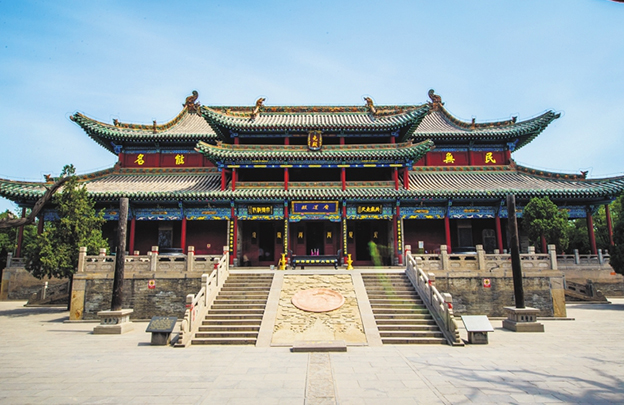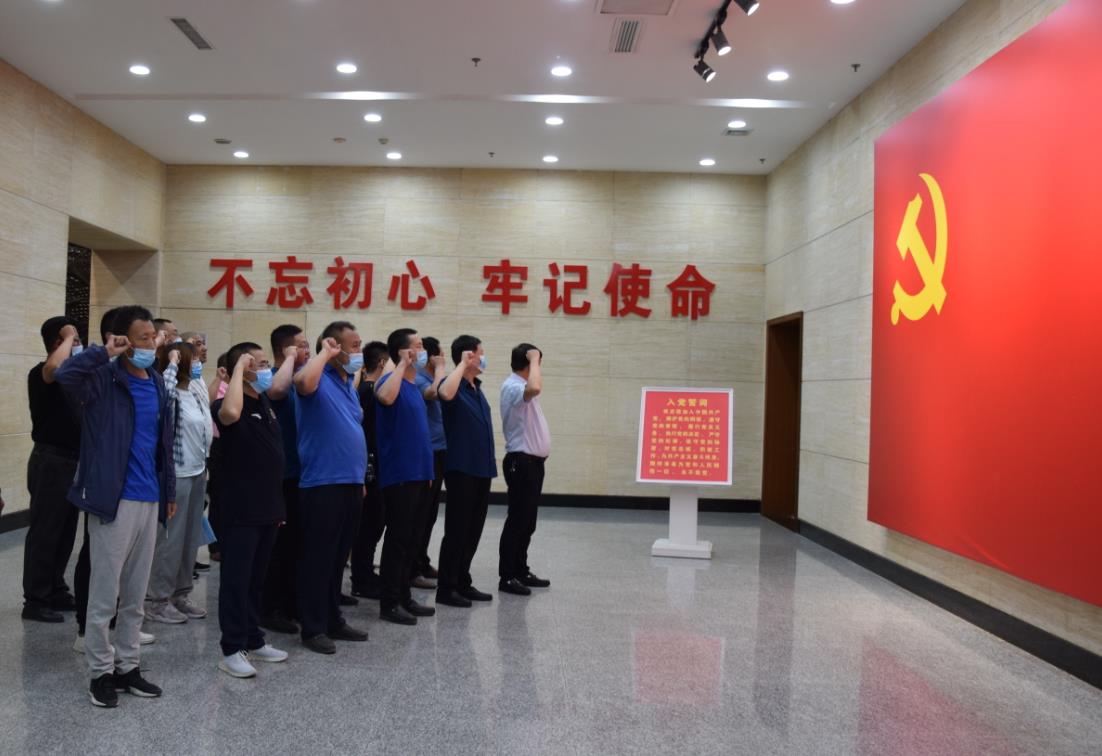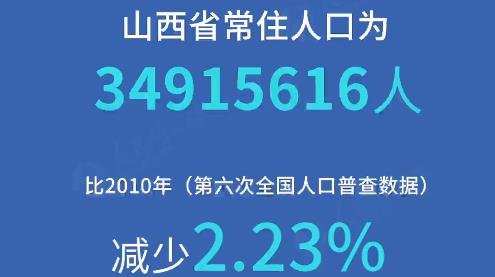
The Temple of Yao in Linfen is the major site for ceremonies to pay tribute to the ancient Chinese leader.PENG KE’ER/FOR CHINA DAILY
Emperor Yao, a leader of China some 4,000 years ago, is regarded as one of the common ancestors of the Chinese people alongside such figures as the Yellow Emperor and the Red Emperor.
Ceremonies to pay tribute to Emperor Yao have lasted millennia. The city of Linfen in Shanxi province is the major site for such ceremonies because it is regarded as the capital of the nation ruled by him.
The Bamboo Annals, a history book compiled more than 2,300 years ago, said Emperor Yao made Pingyang the capital after he was selected as the head of the country. Pingyang is the ancient name of Linfen.
In the south of Linfen, the Temple of Yao has been the site to remember and pay homage to him since it was built in the Western Jin Dynasty (265-316).
The majority of the structures, including halls and pavilions, were rebuilt in the Ming (1368-1644) and Qing (1644-1911) dynasties.
But a number of trees, including cypress and pagoda trees, were planted more than 1,600 years ago, according to Qi Jing, a tour guide at the temple.
Qi, in her 30s, said she is proud of the many cultural and spiritual legacies left by Emperor Yao and those associated with Linfen.
"China's first poem, The Song of Digging Well, is said to have been created in Linfen during the reign of Emperor Yao," Qi said.
The poem, consisting of only five lines, goes like this:
"The sun rises and I work,
The sun sets and I rest.
I dig a well to drink water,
And plant crops for my meals
The king's power is none of my business."
Qi said the poem reflects the political system of the country some 4,000 years ago, which was in a status of primitive democracy.
"At that time, Yao was not the hereditary monarch of the country. He and his predecessors and successors were all selected by the country's senators," Qi said.
The tour guide said wells were also of great significance in ancient times as they provided people with safe drinking water. "In Chinese, a well is an equivalent to homeland as human settlements like villages, towns and cities were all developed surrounding wells. And that's why people usually say 'leaving their old wells' when they depart with their homeland."
In the Temple of Yao, there is a well which is said to have been dug by Emperor Yao. With a proven history of more than 1,600 years, it is called "the First Well Under Heaven". Its water is still drinkable.
In front of the well is a structure called the "Five-Phoenix Building".
"The five phoenixes refer to Yao and the four senators of his age, who were the major decision-makers of the nation," Qi said. She went on to say that this was also part of the ancient democracy.
Since the Qing Dynasty, a grand ceremony has been held on the 28th day of the fourth lunar month to pay homage to Emperor Yao.
"But for daily visitors to the temple, their worship to Yao can be practiced the moment they arrive,"Qi said.
Visitors can rent ancient costumes on-site and attend a small-scale worshipping ceremony in front of the statue of Emperor Yao in the hall of sacrifice.
Peng Ke’er contributed to this story.
By YUAN SHENGGAO
 山西路桥:党建引领 建好“四好农村路”山西路桥建设集团党委扎实开展“党建质量提升年”,实施“六大工程”,立足“十四五”高质量、高速度、高效益发展的战略基点,全面提高党建质量和党建引领发展水平,为打造“国内一流的交通基础设施投资、建设、施工现代化企业集团”提供坚强政治保障。
山西路桥:党建引领 建好“四好农村路”山西路桥建设集团党委扎实开展“党建质量提升年”,实施“六大工程”,立足“十四五”高质量、高速度、高效益发展的战略基点,全面提高党建质量和党建引领发展水平,为打造“国内一流的交通基础设施投资、建设、施工现代化企业集团”提供坚强政治保障。
 常住人口3491万 山西人口普查数据"出炉"山西省统计局向社会通报山西省第七次全国人口普查主要数据。数据显示,山西省常住人口为34915616人,比2010年(第六次全国人口普查数据,下同)减少2.23%,年平均减少0.23%。山西省常住人口总量减少,主要受人口流动变化等因素影响。
常住人口3491万 山西人口普查数据"出炉"山西省统计局向社会通报山西省第七次全国人口普查主要数据。数据显示,山西省常住人口为34915616人,比2010年(第六次全国人口普查数据,下同)减少2.23%,年平均减少0.23%。山西省常住人口总量减少,主要受人口流动变化等因素影响。